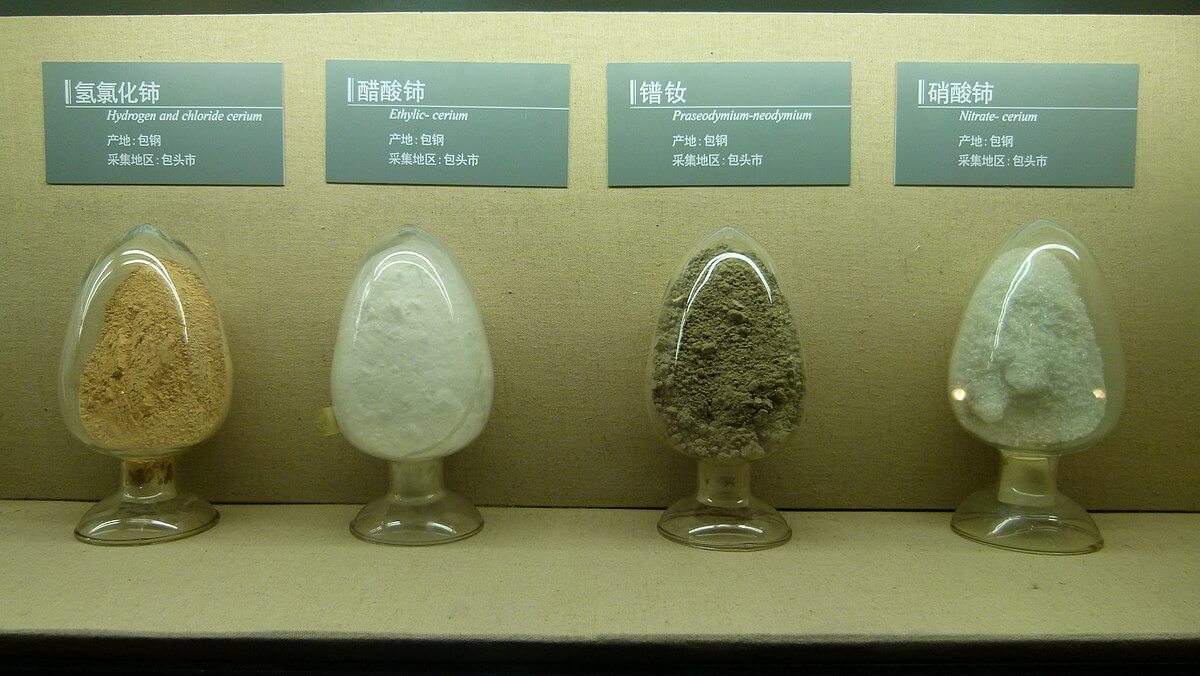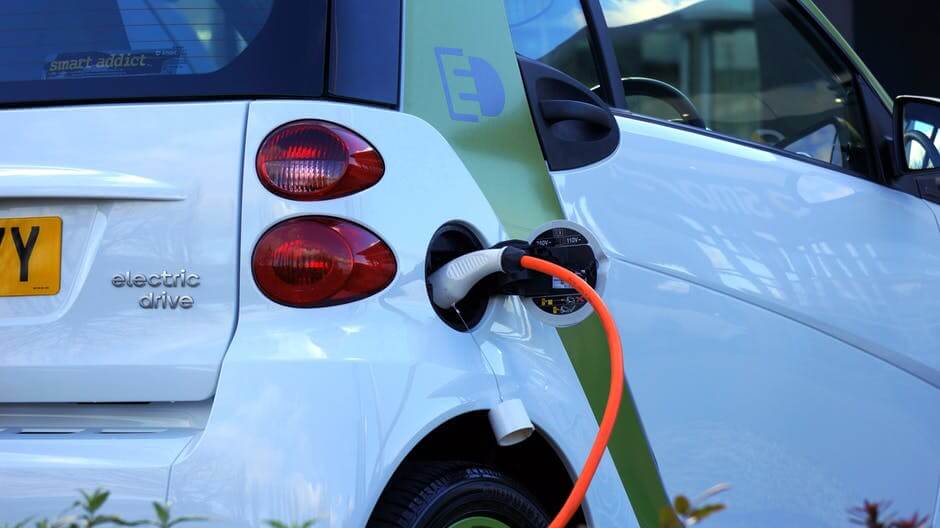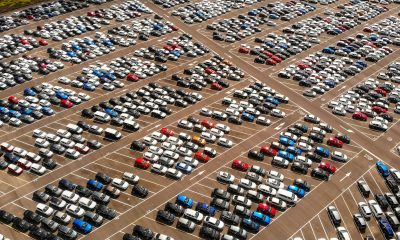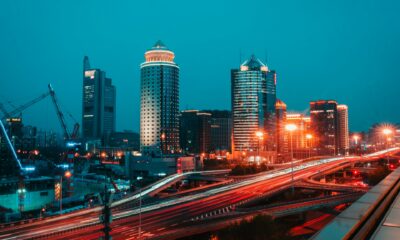Featured
China pushes strong rally of rare earth minerals sub-index
China can influence prices for rare earth minerals because the country is a massive producer of it.

Rare earth minerals are making a comeback as Chinese terbium oxide, Chinese dysprosium oxide and Neodymium oxide all recorded gains this month.
Rare earth minerals are elements that include metals such as cadmium, yttrium, and lanthanum. According to AG Metal Miner, the sub-index of these minerals MMI plunged to 16 last year but has been making strides since then. And China has got a lot to do with it.
Chinese terbium oxide, Chinese dysprosium oxide, and Neodymium oxide rose by 2%, 5.6%, and 35% respectively. Such rare earth minerals are crucial components of electronics such as computers, mobile phones, and other gadgets. The Rare Earth Industry Association of China even bared its plans of releasing more reserves to combat price volatility.
The increased demand for gadgets and electronics will only push the momentum for rare earth minerals further. Overall, the prices of neodymium and praseodymium oxide have almost reached an 80% increase. Rare earth minerals are also important in the medical field. Gadolinium is used in x-ray and MRI scanning systems while Yttrium is used in treatment drugs for cancer.
Per Reuters, one of the growth drivers for rare earth is green technology. Neodymium and praseodymium are used in making magnets for electric motors. These magnets are always present in electric vehicles, thus, if the demand for them increases, the demand for the rare earth will also surge.

Rare earth elements are crucial components of electric vehicles. (Source)
China has the ability to manufacture electric vehicles given they are major producers of rare earth elements. As the country looks to solve its worsening air pollution, the future of green cars has suddenly become brighter.
China was also partly responsible why prices plummeted before. They halted exports of rare earth minerals in hopes of controlling illegal production in Mongolia. Aside from China, only Western Australia can be considered a major producer of rare earth minerals with over 5,000-ton annual output. Other countries which have the capability to produce them include Russia, India, Brazil, Thailand, Vietnam, and Malaysia.
In a report released by Nasdaq, China has set its output this year with 105,000 tons which are the same with 2016 outputs. On the other hand, there was a slight increase in exports in July, 4,353 tons or 1.5% increase, compared to the numbers in June.
It is safe to say that the fate of rare earth industry is in the hands of China. Their ability to massively produce the said elements can easily influence price change in the market.
(Featured image by Dr. Bernd Gross via Wikimedia Commons. CC BY-SA 3.0)

-

 Crypto5 days ago
Crypto5 days agoRipple in 2025: Legal Victory, RLUSD Growth, and XRP’s Uncertain Future
-

 Crypto2 weeks ago
Crypto2 weeks agoCrypto Markets Slide as Bitcoin Breaks $90K, Year-End Pessimism Grows
-

 Impact Investing1 week ago
Impact Investing1 week agoTreeblock Showcases Sustainability Solutions at ADIPEC Abu Dhabi
-

 Impact Investing5 days ago
Impact Investing5 days agoHigh Awareness, Low Adoption: The VSME Challenge for European SMEs
























You must be logged in to post a comment Login